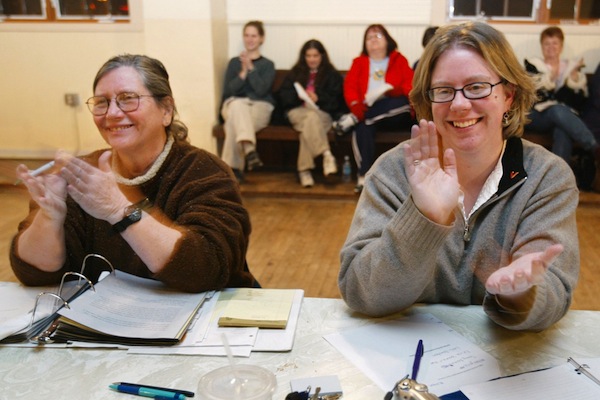Here at Ladue, our school prides itself in the number of clubs it offers, but like Robert Browning once said, sometimes “less is more.”
At the beginning of each year, the school website posts an updated list of clubs. According to this year’s list, there are 50 clubs, 20 organizations, and 15 different sports available to students, ranging from intense and academic like debate to carefree and laid-back like Club Mudd. With so many options, students can feel overwhelmed and have a hard time trying to decide which clubs to allot their time to.
What numerous students don’t realize is how similar most of the clubs at Ladue are. For example, there are multiple clubs devoted to student artwork, such as Art in Action and Studio 204. Whether for charity or for expression, these clubs have the same general basis and goal. The same can go for Elements and the Recycling club. If similar clubs combined, then Ladue students would have an easier time choosing the clubs they want to become a part of.
In addition to presenting students with fewer options, the merging of clubs would make clubs larger and more unified. Merging clubs together could allow students to interact more with peers with similar interests, which could result in strong friendships and connections.
Larger clubs would also present club leaders with greater leadership roles. Because we have so many clubs, many of them have small enrollment numbers, and leaders lose the opportunity to lead. Therefore, the title of president no longer carries any weight anymore.
Another benefit of larger clubs is that they are more likely to survive and continue even after their founders graduate. Without dedicated members and a strong leader, clubs simply cannot survive juggling schedule arrangements, funding, and other challenges.
Truthfully, most students are only passionate about maybe two of their activities, and the rest are just for colleges. However, Angel B. Perez, the Director of Admission at Pitzer College, said in a Washington Post article online that a student’s passion, involvement, and impact matters the most, not how many clubs a student is involved in. Even though students may want to portray themselves as well-rounded individuals through the diversity of their extracurricular activities, it’s important they sign up with the right intentions and not just for college.
It’s not just students who have this notion that clubs are key in college admissions; teachers who sponsor clubs also practice this idea. To boost the number of members in their clubs, teachers often try to encourage students to join their sponsored club by saying, “It looks great on a college application.” Teachers should not be using this as a valid motive for their pupils to join clubs. As our mentors, teachers should encourage us to do what we are passionate about, not what is going to get us into college.
High school isn’t just about preparing students for college: it’s a place for students to excel academically, build relationships, learn, and participate in activities that they are passionate about. However, the presence of so many clubs distracts students from subjects they are truly passionate about and keeps them from excelling in a specific field. #










